Even though Plaza de Santa Ana has changed a lot throughout the years, it is still a meeting point which is located in the very centre of Madrid. Nowadays, the walkers who approach Plaza de Santa Ana, especially in good weather, find themselves in a lively and bustling area full of passers-by and pavement cafés that make it a very bright and busy place.
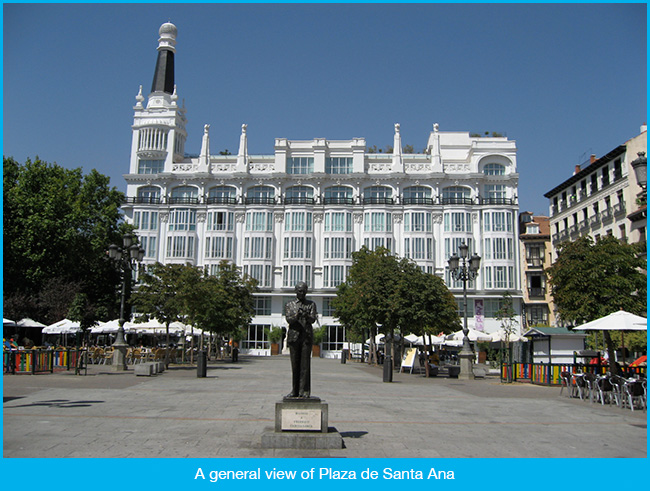
As in the case of many things, not everybody is pleased about the current aspect of the square. Some people complain about the fact that it has lost part of its original essence and that it is now more oriented to tourists and business rather than to the enjoyment of the city. In Estate One we think that Plaza de Santa Ana is really worth visiting, not only because of its history but also because of the jollity it conveys. When we stroll along Plaza de Santa Ana we feel wrapped up in a dynamic and lively atmosphere. Today, in our section Madrid Corners, we will write about it. The previous article in this section was about Mercado de San Antón.
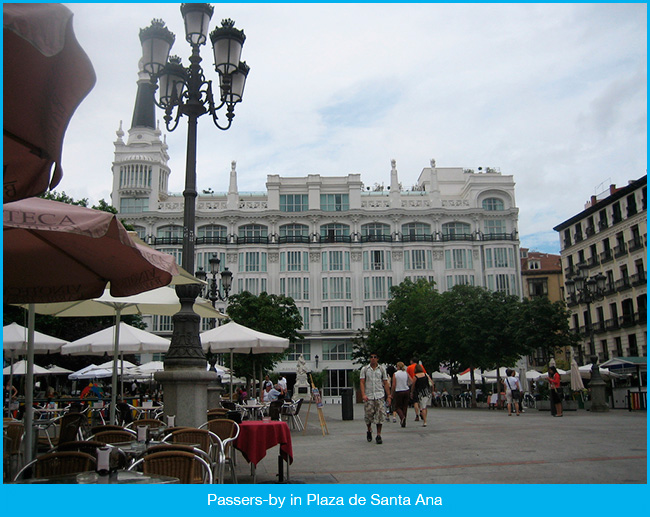
THE NAME OF AN OLD CONVENT
Plaza de Santa Ana is located in Barrio de las Cortes in which Barrio de las Letras is included. This area is in the very centre of Madrid. The square was built in 1810 and it was then called Plaza del Príncipe Alfonso. There are two buildings, facing the square, which must be highlighted: Teatro Español and Hotel Reina Victoria.
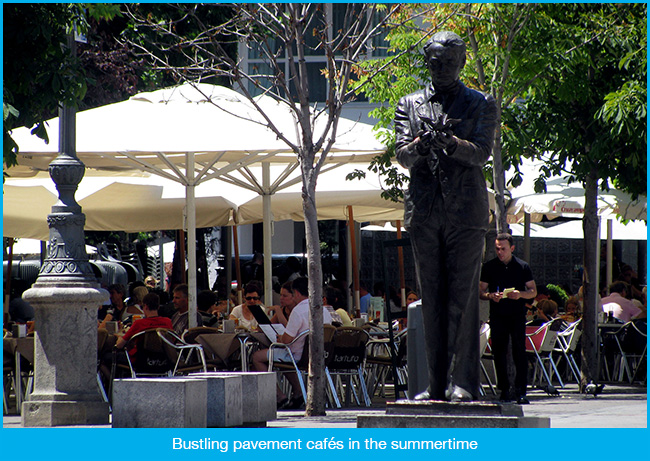
In the square, we can also admire two sculptures, one of them of Federico García Lorca and the other one of Calderón de la Barca. Undoubtedly, the square is very much connected with literary figures and the arts in general. Ramón Gomez de la Serna himself, sometimes in his writings, refered to this square and conveyed its activity and liveliness: “there are nights when I cannot digest the truth unless I make a quick stop at Plaza de Santa Ana”.
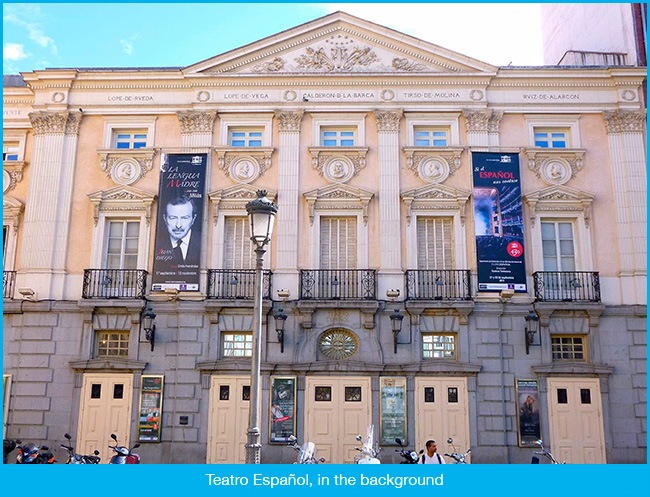
The Convento de Santa Ana, founded by San Juan de la Cruz in 1586, was located there. Later, it was pulled down by José Bonaparte. The current name of the square is, unfortunately, the only memory we have of it.
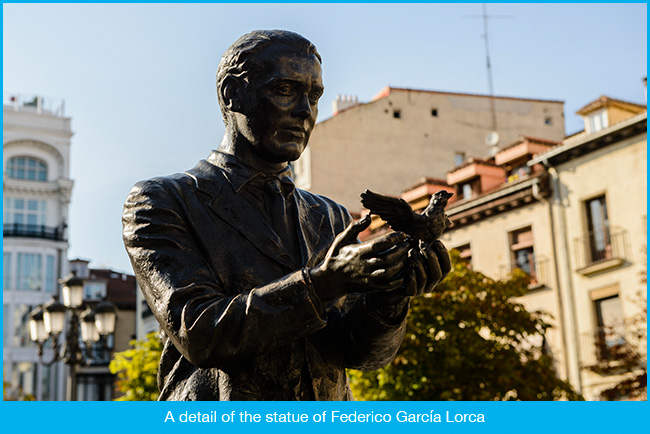
A TYPICALLY SPANISH SQUARE
Throughout the decades, Plaza de Santa Ana has changed its aspect and its use. Today, we will look into some curious facts about its history. In 1900, ornithological markets were regularly held there, and birds and flowers were sold. In 1925, it became the first pedestrianized square in Madrid. Years ago, most of the space was taken up by trees and gardens. In this millenium, in 2001, it was decided that the square should be renovated and have today´s structure: an open space with a large central part where Madrileños and visitors could enjoy a leisure area.
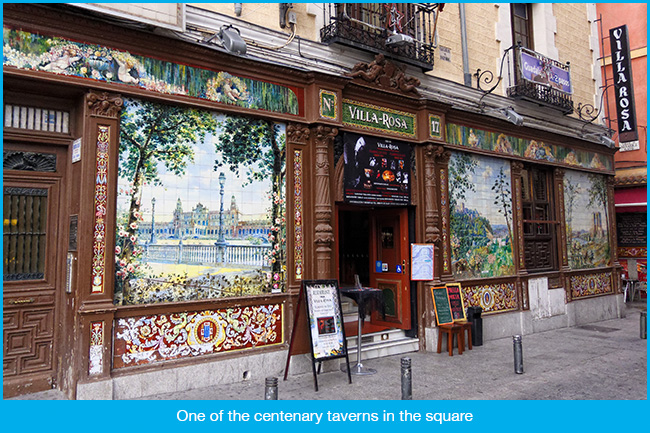
We can still see centenary taverns and cafeterias where personalities from the world of art and culture, like Luis Miguel Dominguín and Ernest Hemingway, often went. At present, these taverns are still an attraction for the Madrileños and for the ever increasing number of tourists.
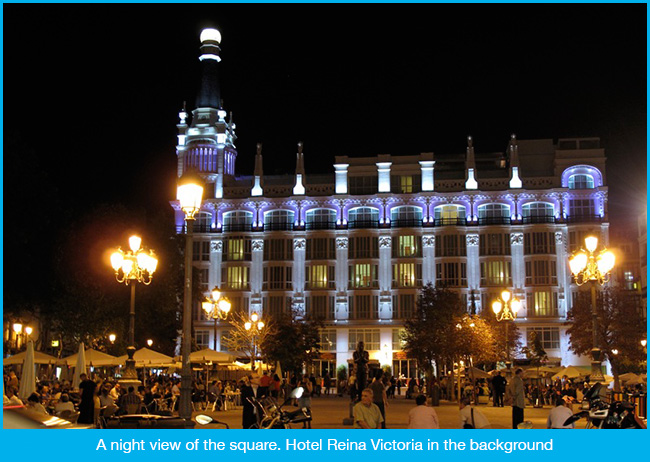
Picture 01: Gryffindor
Picture 02: Moisés Couto Villar
Picture 03: Rubén Vique
Picture 04: Zarateman
Picture 05: Son of Groucho
Picture 06: Barcex
Picture 07: Charlie Phillips



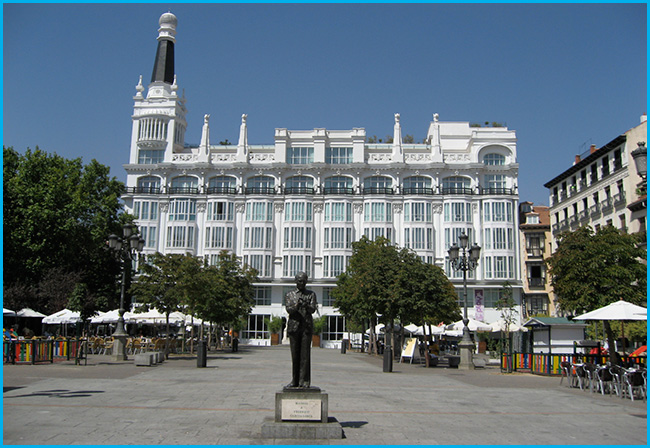
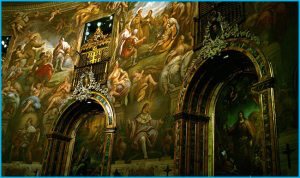
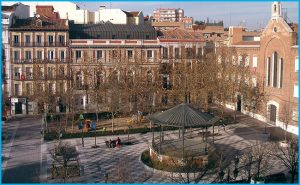
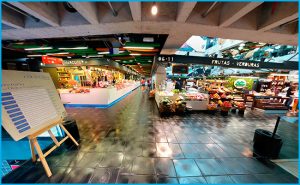
 Spanish
Spanish English
English
Comments
Pingback: Plaza de Chamberí - Blog, dulce blog